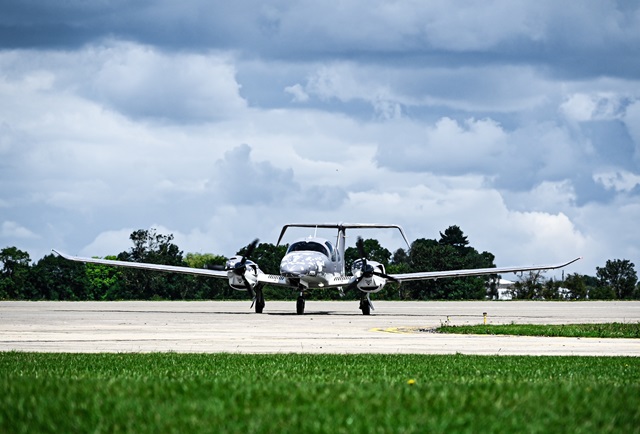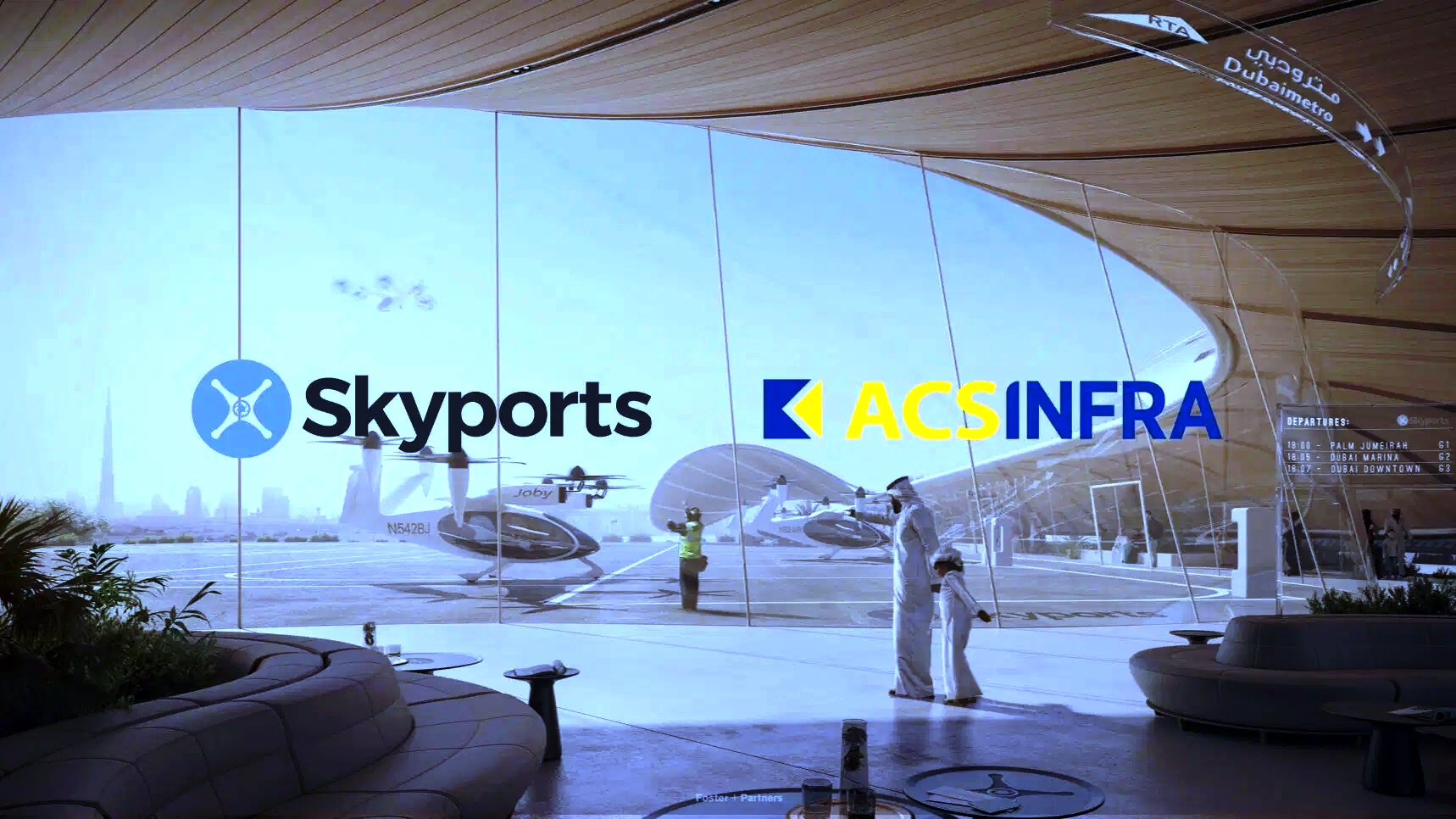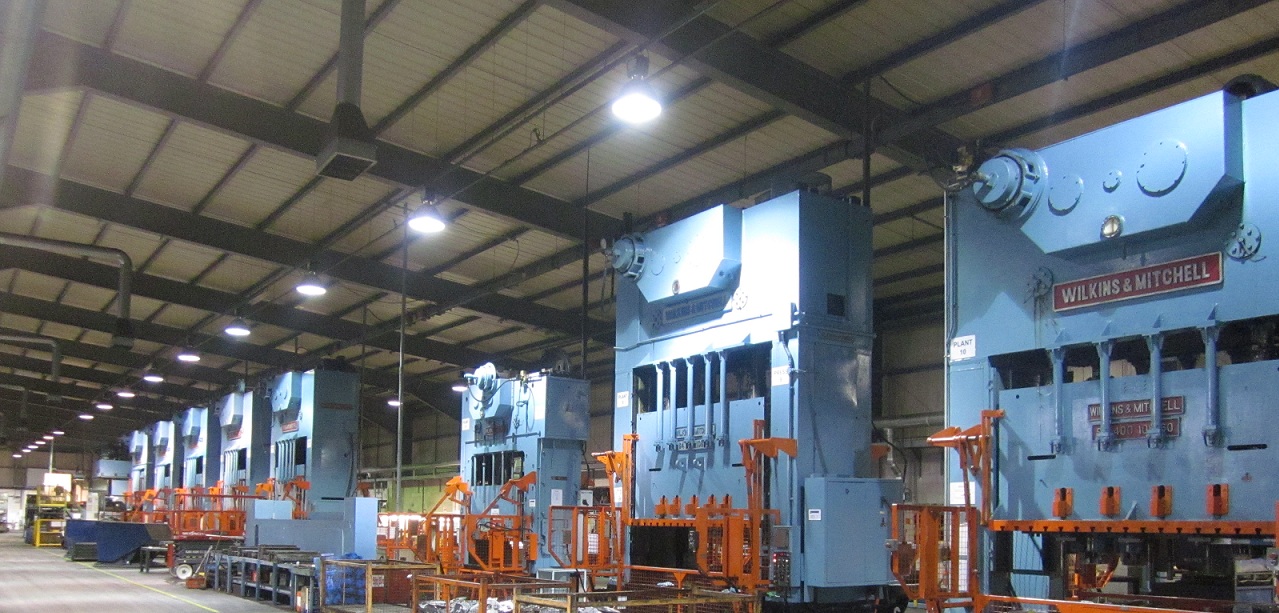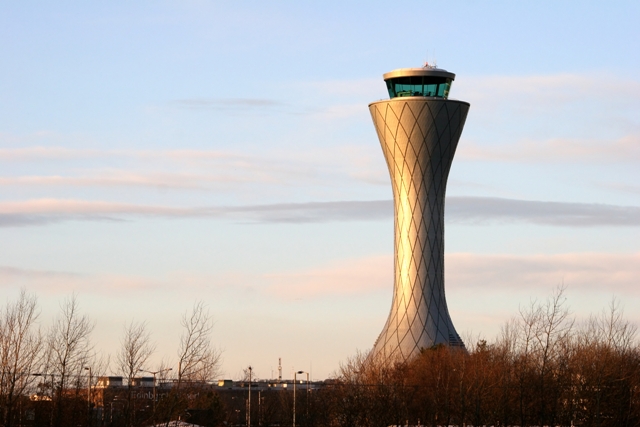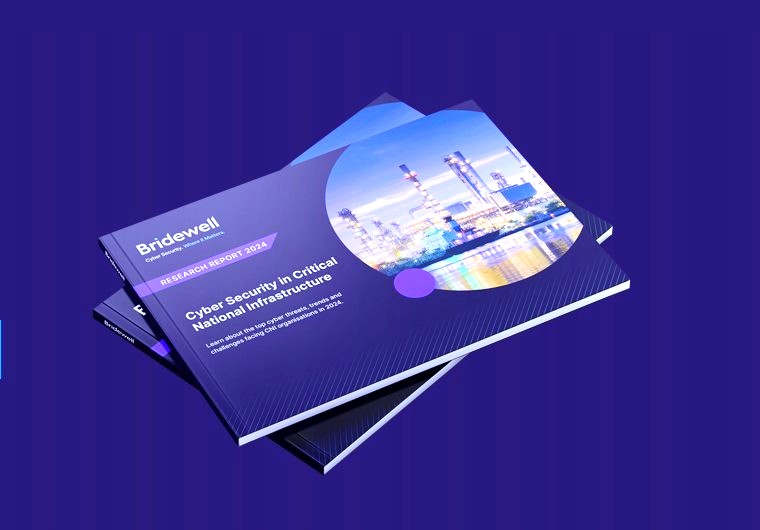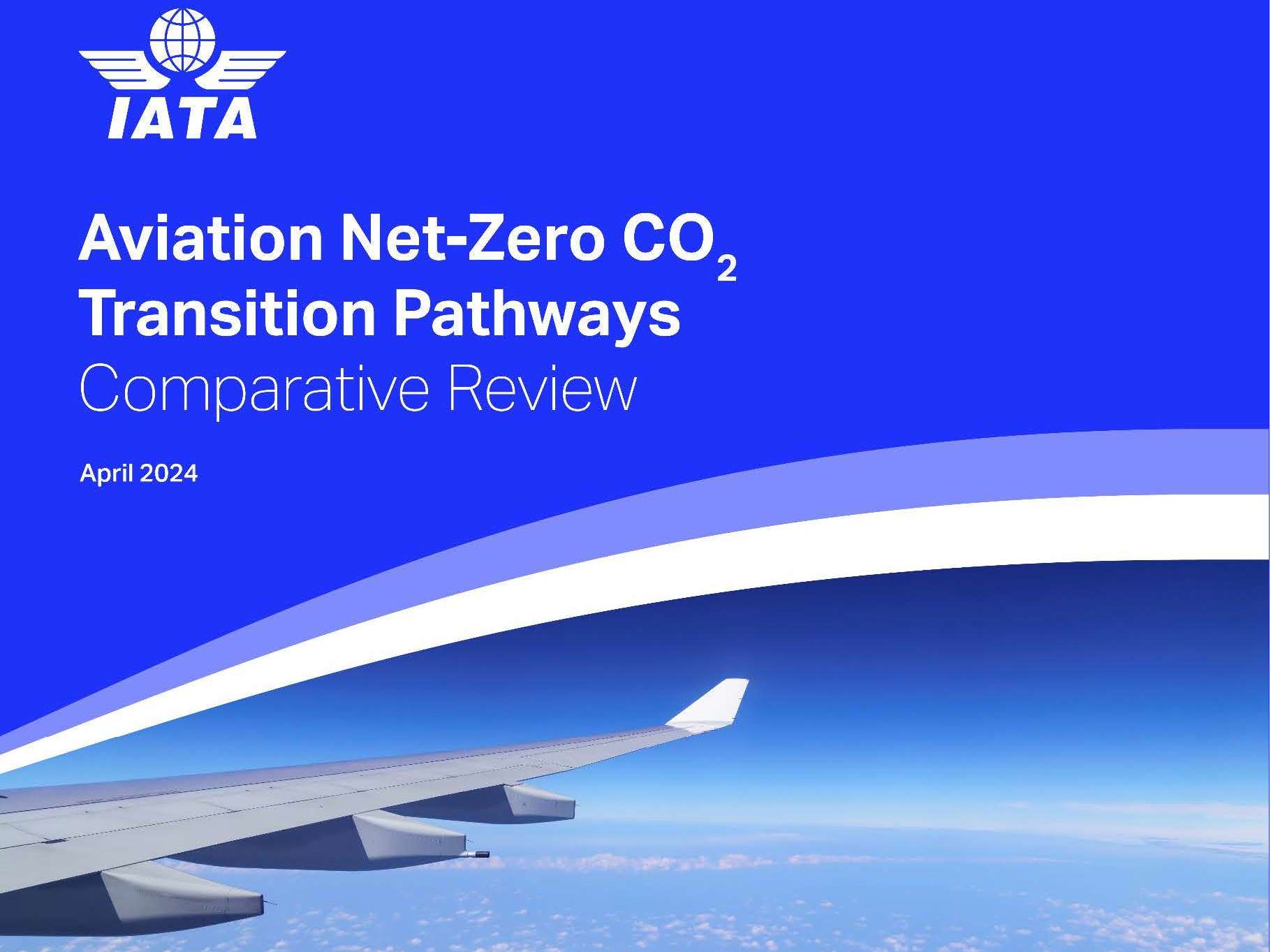European air passenger traffic increased 8.5% in 2017

Passenger traffic across the European airport network grew by +8.5% in 2017. Both the return of a growth dynamic in the non-EU market and the continued expansion of passenger volumes in the EU contributed to this exceptional performance.
Passenger traffic at non-EU airports posted an average increase of +11.4% (compared to a decrease of -0.9% in 2016), with Russian and Turkish airports enjoying a bounce back. Airports in Georgia, Ukraine, Moldova and Iceland grew in excess of +20% on average.
Meanwhile, EU airports saw passenger traffic increasing by +7.7%, a further improvement over 2016 (+6.7%). The highest growth was achieved by airports in East and South of the EU – with airports in Latvia, Estonia, Poland, the Czech Republic, Slovakia, Hungary, Croatia, Slovenia, Romania, Bulgaria, Cyprus, Malta and Portugal recording double digit growth. This reflects a catching-up pattern in terms lower propensity to fly in most of these countries when compared to the Western and Northern parts of the EU, along with more dynamic local economies.
Olivier Jankovec, Director General of ACI EUROPE said “2017 marks the best year for European airports since 2004, when air traffic was boosted by the accession of 10 countries to the EU – the single largest expansion of the bloc. That parallel is quite something when you consider the current climate includes Brexit and all its uncertainties.”
He added “This performance comes on top of several years of dynamic growth and shows that demand for air transport keeps outperforming the economy and defying geopolitical risks – for now. It is quite impressive to see that even in the more mature EU market, passenger traffic since 2012 has increased by close to +30%. Such significant growth is putting much pressure on airport facilities and staff with more and more airports now reaching their capacity limits - especially during peak hours.”
Freight traffic across Europe’s airports grew by +8.5% in 2017 - reflecting a cycle of sustained and synchronised expansion in the Global economy and in Europe in particular.
Aircraft movements increased by +3.8%, on the back of continued airline capacity expansion.
The top five European airports (‘the Majors’) saw passenger traffic growing by +5.5% in 2017 - collectively welcoming an additional 18 million additional passengers. This significantly improved performance compared to the preceding year (+1.5% in 2016) reflects both the continued expansion of Low Cost Carriers (LCCs) in primary markets and the better fortunes of these airports’ hub carriers.
Among the Majors, Amsterdam-Schiphol grew at the fastest pace (+7.7%), confirming its 3rd position with 68.5 million passengers, just behind Paris Charles de Gaulle (69.5 million passengers, +5.4%). Meanwhile, London-Heathrow remained the busiest European airport with 78 million passengers (+3%). Frankfurt airport posted the second best performance (+6.1%, 64.5 million passengers) and held onto its 4th position, followed by Istanbul-Atatürk (+5.9%, 63.9 million passengers).
This ranking is likely to change in 2018 as Amsterdam-Schiphol has now reached its capacity limits and growth at Istanbul-Atatürk is accelerating (+15.9% in December).
Beyond the Majors, the fact that since 2012 the number of European airports with more than 25 million passengers has jumped from 14 to 24 is pointing to increasing competition amongst larger airports and hubs. More generally, the impressive performance of a number of individual airports over the same period is also testimony of widespread airport competition. These include: Keflavik (+267.7%), Istanbul-Sabiha Gocken (+105.2%), Split (+98.1%), Sofia (+87.1%), Luxembourg (+87%), Eindhoven (+89.9%), Berlin SXF (+81.3%), Oporto (+78.3%), Lisbon (+74.3%), Athens (+67.9%), Malta (+65.1%), Warsaw WAW (+64.3%), Dublin (+54.9%), London-Stansted (+48.3%), Naples (+47.8%), Birmingham (+45.5%), Bordeaux (+40.5%), Barcelona (+34.5%) and Amsterdam-Schiphol (+34.3%).
Passenger traffic growth moderated in Q4 (+6.9%) and December (+5%) as result of airline-related disruptions, especially the demise of Monarch and Air Berlin as well as the decision of Ryanair to slow down its growth to solve its crew rostering issues.
Looking ahead, Jankovec commented: “This might be as good as it gets and while we anticipate continued growth in the coming months, it will most certainly come at a slower pace. The good news is that the European economy and the Eurozone in particular are set for further expansion – with economic sentiment now close to a 17-year high.
However, on the flip side, rising oil prices are affecting airlines and consolidation is now placing more market share with a handful of powerful airline groups. Couple that with the fast-approaching Brexit deadline on the horizon and it’s not hard to see why Europe’s airports can expect the temperature to rise, as airlines get even choosier about where they maintain existing capacity or open new routes.”
TRAFFIC CATEGORIES & HIGHEST INCREASES 2017
During the full year of 2017, airports welcoming more than 25 million passengers per year (Group 1), airports welcoming between 10 and 25 million passengers (Group 2), airports welcoming between 5 and 10 million passengers (Group 3) and airports welcoming less than 5 million passengers per year (Group 4) reported an average adjustment +5.6%, +11.3%, +10.2% and +10.9%.
The airports which reported the highest increases in passenger traffic during 2017 (compared with 2016) are as follows:
GROUP 1: Moscow SVO (+17.8%), Manchester (+8.6%), Amsterdam (+7.7%), Moscow DME (+7.6%) and Barcelona (+7.1%)
GROUP 2: Antalya (+38.0%), St Petersburg and Warsaw WAW (+22.7%), Ankara (+20.6%), Lisbon (+18.8%) and Prague (+17.9%),
GROUP 3: Keflavik (+28.3%), Naples (+26.6%), Kiev (+22.1%), Malta (+17.5%) and Larnaca (+16.5%)
GROUP 4: Bucharest BBU (+208.9%), Nis (+167.8%), Craiova (+100.6%), Batumi (+67.2%) and Kaunas (+60.2%)
During the month of December, airports welcoming more than 25 million passengers per year (Group 1), airports welcoming between 10 and 25 million passengers (Group 2), airports welcoming between 5 and 10 million passengers (Group 3) and airports welcoming less than 5 million passengers per year (Group 4) reported an average adjustment +3.6%, +4.6%, +6.8% and +9.5%.
The airports which reported the highest increases in passenger traffic during December 2017 (compared with December 2016) are as follows:
GROUP 1: Istanbul IST (+15.9%), Moscow SVO (+13.8%), Palma De Mallorca (+11.7%), Frankfurt (+7.3%) and Barcelona (+6.4%)
GROUP 2: Ankara (+28%), Tel Aviv (+18.3%), Izmir (+17.7%), Lisbon (+15.7%) and Warsaw WAW (+14.3%)
GROUP 3: Naples (+39.5%), Ibiza (+22.2%), Valencia (+22%), Palermo (+18.7%) and Riga (+18.3%)
GROUP 4: Bourgas (+6455.8%), Foggia (+104.5%), Varna (+81.3%), Craiova (+69.4%) and Liège (+49.9%)
The 'ACI EUROPE Airport Traffic Report – December, Q4, H2 & Full Year 2017’ includes 252 airports in total representing more than 88% of European air passenger traffic.







